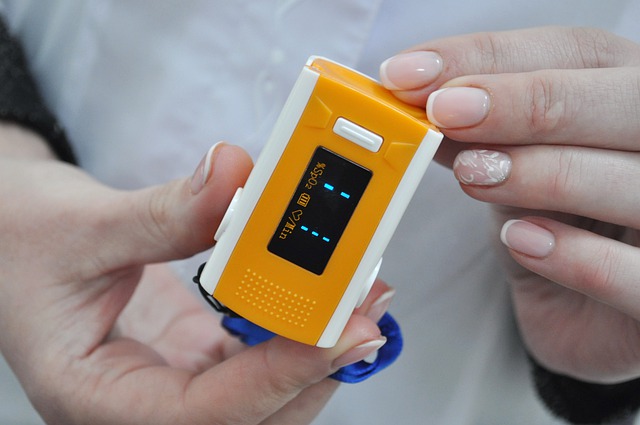Regulatory burdens are reduced while product safety and performance are improved.
[MEDICAL & BUSINESS]
Medical gadgets, ranging from bandages to MRI machines, contribute to save lives and improve the quality of life for many people. With an ageing population, developments in medicine, and an increase in the frequency of chronic diseases, there are already almost 500000 technologies in existence. According to estimates, the worldwide medical device sector would be worth USD 612 billion by 2025.
Many International Standards and guidance materials have been developed by ISO to assist the sector in ensuring that its products are safe and effective while complying with a variety of national, regional, and international regulatory requirements. The most recent additions, which are aimed primarily at producers and include advise on correct product information and effective device monitoring once it is on the market, have just been released.
Medical devices – Information to be supplied by the producer, ISO 20417, streamlines the process of complying with product information regulations by establishing uniform generic requirements that apply to all equipment in all geographic areas. The new standard will act as a centralised source, minimising the risk of duplication and allowing regulatory framework to concentrate more closely on their specific requirements.
Medical devices – Post-market surveillance for manufacturers, ISO/TR 20416, gives recommendations on efficiently monitoring the device’s safety, performance, and usability in everyday usage. This is necessary in order to detect any negative impacts early, as well as to identify areas for development in terms of safety, performance, and usefulness.
According to Wil Vargas, Committee Manager of the ISO technical committee that established the standards, they are both geared at assisting manufacturers in improving their goods and complying with all applicable rules and regulations in the most efficient and effective manner possible.
“We have done a lot of the homework for manufacturers by talking with industry experts from around the world and taking into account the numerous regulations, other standards, and guidelines in this domain,” he said.
“As a result, these two documents not only embody international best practise, but also assist manufacturers in adhering to national and regional directives and recommendations, such as those issued by the International Medical Device Regulators Forum, EU directives on medical devices, and many other International Standards, such as ISO 13485, Medical devices – Quality management systems – Requirements for regulatory purposes”.
ISO 13485 outlines the requirements for a quality management system that demonstrates an organization’s capacity to consistently offer medical devices and related services that fulfil customer and regulatory requirements. Design and development, production, storage and distribution, installation, or servicing of a medical device, as well as design and development or provision of connected operations, are all possible roles for such entities (e.g. technical support). Suppliers or external parties who provide goods, including quality management system-related services to such entities, can adopt ISO 13485.ISO/TC 210, Quality management and relevant general issues for medical devices, whose secretariat is held by ANSI, ISO’s member for the United States, developed ISO 20417 and ISO/TR 20416. They can be obtained from your local ISO member or the ISO Store.




